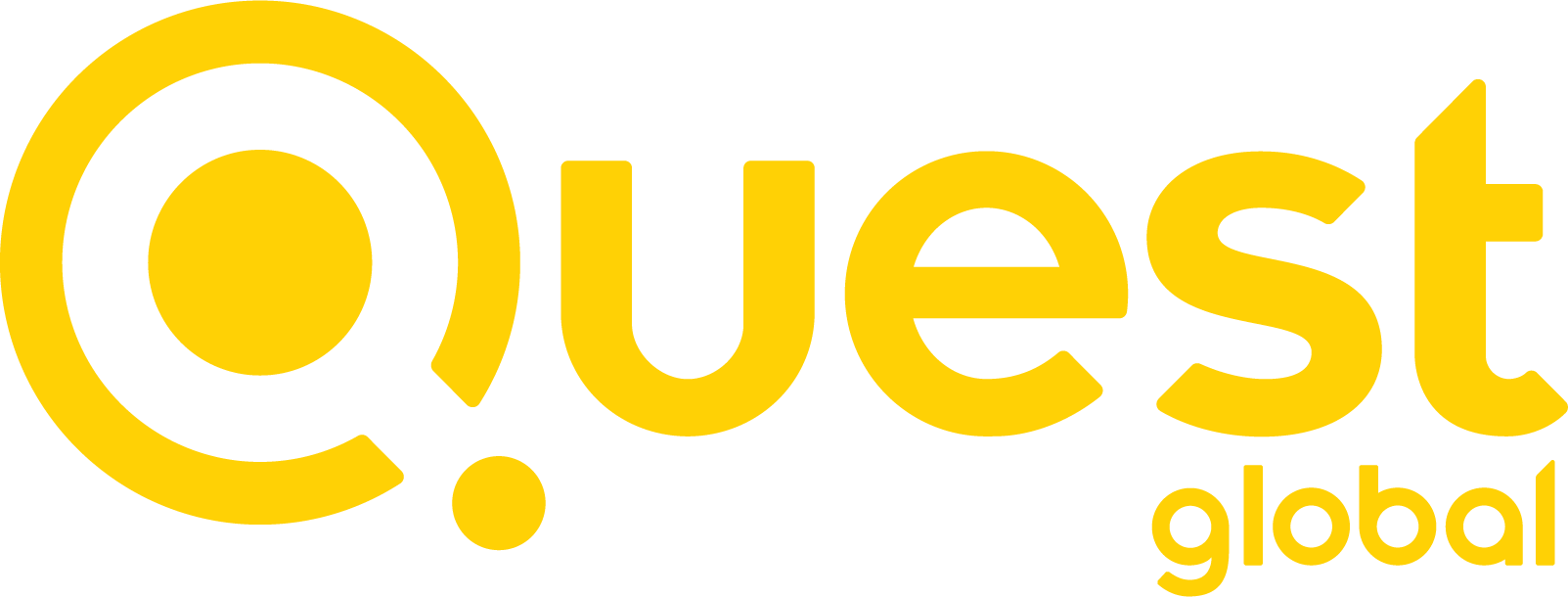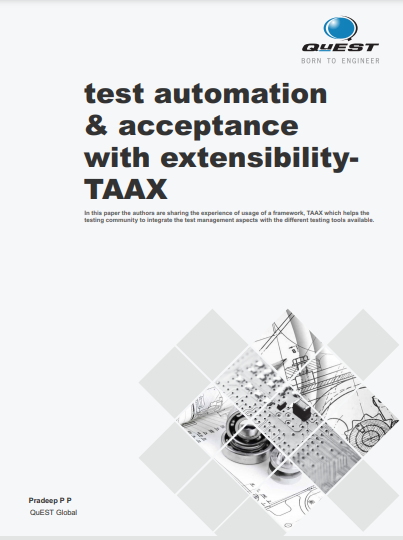Test Automation & Acceptance With Extensibility TAAX
Today’s software industry has seen a rapid growth in all the areas, based on the demands from the market, which has increased the challenge in the testing industry. The days in which the functionality testing has been given the prime importance has gone and in the current industry scenario, along with functionality testing, other types of testing like performance, security, stress, volume etc. has gained importance which in turn increased the expectations from the testing community. It is evident that a product which meets the functionality requirements, but fails in any of the non-functional tests like performance, security, compliance etc. is likely to be rejected by the customer. The Final quality assessment of the product is a function of how much functionality, performance, security and other non-functional requirements are met by the product. This demands to have the transformation from assurance to confirmation.
Even though the scope of testing has been widened; the time to market has been reduced and as a result the schedule for testing has been further reduced. The testing phase needs to accommodate for the slippages of the previous phases too. The testers have been left with the choice that they have to ensure the quality of the product to be improved within the schedule allocated to the testing team – The cycle time reduction being one of the key factors here. This reduction in schedule for testing is mainly addressed by the tester community with the concepts of early testing and usage of tools. As a result the industry has witnessed a tremendous improvement in the usage of tools in testing arena in the last few years. Along with the brighter side of tools the analysis and consolidation of the test results from this multiple tools used inside the project has taken a large effort of the testers and getting these reports from multiple locations has become a hectic task for the managers.
In this paper the authors are sharing the experience of usage of a framework, TAAX which helps the testing community to integrate the test management aspects with the different testing tools available. This framework ensures that the results of the testing are reaching the relevant stakeholders which have made the life of managers easy.

